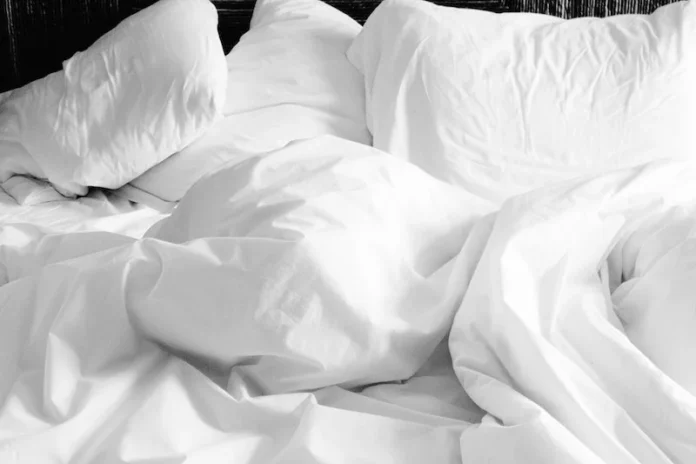Indulging in freshly cleaned bedding at the end of the day is one of the few things that feels rejuvenating. However, cleaning your heavy comforter might seem like a somewhat intimidating process. But it doesn’t have to be at all.
Since small fabrics fit easily in the washing machine like sheets, pillowcases, and even certain cushions, it is simple to wash them regularly. But many people skip cleaning their duvets for a long time since they are large and don’t fit in most household washing machines. This is unhygienic since the duvet collects allergens, perspiration, body oils, and skin cells that can harm your health, especially if you have asthma or allergies.
Purchasing a duvet cover can be helpful but even if you can wash the cover often, some dirt will still accumulate on the duvet itself. Try to wash it once a year at the very least.
The simplest method for cleaning a duvet is in the washing machine but if you don’t have one or yours is too tiny to accommodate the duvet. Here are some excellent substitutes. Continue reading to find out more about cleaning a duvet without a washing machine.
5 Steps of how to clean a duvet without a washing machine
1. Dry Cleaning
Dry cleaning is a safe option for some duvets with delicate fillings like goose down or wool that cannot be machine cleaned. The majority of common duvets may also be dry-washed, but make sure to read the care label first. Using dry cleaning is a terrific way to get rid of stubborn stains, embedded dirt, accumulated skin cells, and allergies. The majority of laundromats also provide dry cleaning, and a day may be spent cleaning one duvet.
2. Hand Washing
The duvet may also be washed by hand at home. With the exception of laundry detergent, there will be no cost to you. The drawback of handwashing a duvet is that it takes a long time and is laborious. By the way, examine if the duvet can be hand cleaned by looking at the care label. Some fragile duvets have a “dry clean only” label on them. If the label on your duvet specifies hand washing, don’t.
You might wish to soak your duvet in water first if it is particularly soiled or stained. Use your bathtub if you don’t have access to an extra-large basin. To assist remove stains and loosening grime, add a little detergent to the water. After soaking for 30 minutes, gently hand wash the duvet by swishing it around and pushing down on it. Afterward, add new water and drain the soapy water.
For the duvet to remain soft, wrinkle-free, and scented, fabric softener can also be added to the rinse water. Fill up until there are no longer any visible soap suds in the water, keep swirling and pushing the duvet. It can need many rinses to remove all of the soap. Avoid wringing the duvet since you could ruin the stuffing. If the care label permits it, either hang-dry it outside which might take many hours to dry or use a dryer.
3. Spot Cleaning
Spot cleaning is preferable to washing the entire duvet if there are only a few small, unclean stains or spots on the blanket. A paste for removing stains may be made by mixing baking soda and water approximately 4 teaspoons in 1/4 cup of water. You may also purchase a stain removal cleaner that is suitable for the fabric of your duvet.
Apply the stain remover after first moistening the soiled or filthy area with a damp cloth. To remove the discoloration, gently massage the affected area. Blot the damp area as thoroughly as you can with a dry cloth. To hasten the duvet’s drying process, open the windows. It may also be dried outside by hanging it.
4. Use a Mattress Cleaning Spray
Utilizing a cleaning spray is a different choice that doesn’t need going to a laundromat. Get one of those sprays for cleaning and deodorizing mattresses. To clean your duvet, adhere to the directions on the label. These sprays are effective in removing stains and bringing out colors. Additionally, they get rid of any odors that were ingested by the duvet fibers.
Our take!
As we mentioned, your duvet doesn’t require washing as frequently as your bed linens. But you should do it at least once a year, and it’s probably best to do it every six months if you have allergies or asthma.
A duvet also includes the crucial insert, which can be filled with feathers, wool, fibers from sustainably farmed plants, or synthetic fibers. Even while certain inserts may be washed in a machine, it is not necessary to use only machine to wash them. Other methods may also be used as we covered in this article. The bottom line is that it needs to be cleaned no matter in which way you do it.







